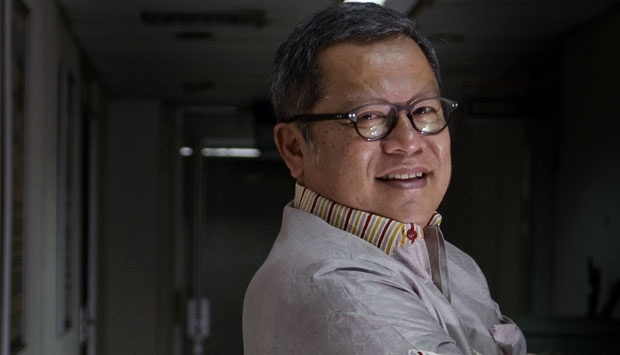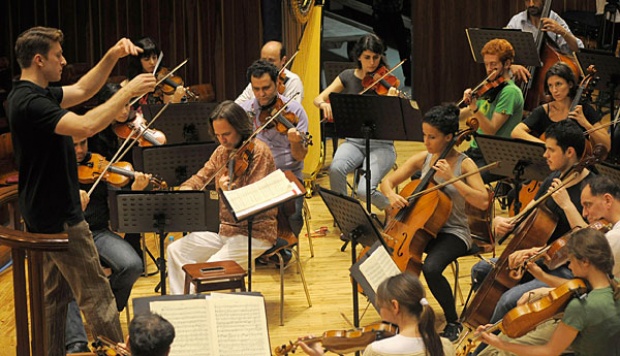
TEMPO.CO, Jakarta - It is still clear on Goei Lian Tjie’s memory on how her family celebrate the Chinese New Year in Bondowoso, East Java. When she woke up at the dawn, her great grandfather from her mother family line, Li Gwan Liong, had served various typical snacks, most in red. There was kue ku that shaped like turtle’s shell with Chinese letter scribbled on it, and the cup cake. These are her two favorite dishes.
“The cakes have always served when we prayed at five in the morning,” said 63-year-old Lian Tjie.
Lian Tjie likes the kue ku because of its bright red color and the soy bean fillings. It has sticky texture and sweet-savory flavor. What Lian Tjie knows is that eating the cake could bring a long life.
“Because it is shaped like the shell of a turtle which means longevity according to Chinese philosophy,” Lian Tjie added.
Researcher and observer of Chinese-Indonesian culture Aji Chen Bromokusumo said that Chinese foods in some regions --especially in Java island-- is influenced a lot by Hokkien culture from Fujian, China. This culture was introduced by Chinese immigrants who traveled to Indonesia for better life. These people are of lower class and poor for various reasons.
“For example, ran away or strangled in political problems, or labors at plantations or mining,” said Aji Chen when interviewed in Bumi Serpong Damai last Tuesday.
The Fujian culture gradually assimilated with local culture that is represented in foods and marriage customs, among others. The assimilation can, for example, be seen on the timing when the foods are served during the Imlek or Sinchya. Sinchya is calendar that only known to Chinese decent in Indonesia. Likewise with the food, there are many kinds of foods served during Imlek that is different from those served in China land.
Aji take ‘ayam oh’ as an example of assimilation food that is cooked with tauco and sweet soy sauce. Because in China, soy sauce is not sweet.
“The use of sweet soy sauce reflects Javanese culture,” said Aji.
The peanut ronde soup is originally served in savory flavor in China. But when the immigrants found it too expensive to make it with premium ingredients, they replaced it with cheaper ones. For example, the meat inside the sticky rice ball was replaced with sugar powder.
In China, according to Aji, there were originally 30 kinds of foods served during Imlek. But in Indonesia, the menu is usually consisting of 13 kinds of foods almost without drink except for Probolinggo that is known for its le le syrup for Imlek.
According to historian from Semarang Jongkie Tio, Cap Go Meh is the first dish popular in the north coast of Java, especially Semarang. Jongkie said Cap Go Meh is the result of acculturation of Chinese landed in Semarang with local culture.
Back then, the Chinese people often see Javanese people were feasting on rice cube, chicken curry and Chicken Liver & Gizzard Sauté, one week after lebaran celebration. They were then imitate the dish with some modifications by serving other side dishes such as tofu, green bean, etc., alongside the dish.
SOHIRIN (SEMARANG) | SERVIO MARANDA (BANGKA)






















